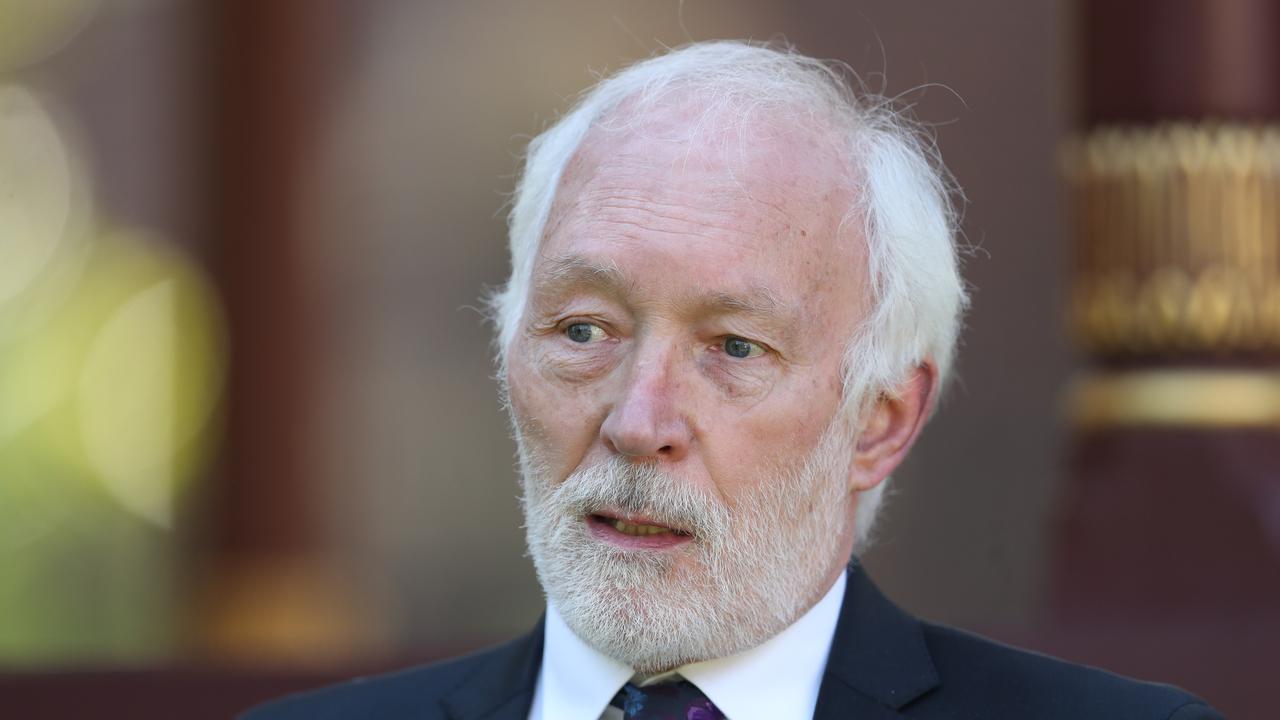Fund cuts hit NDIS remote customers
The agency in charge of the National Disability Insurance Scheme has been cutting funding for remote participants.

The agency in charge of the National Disability Insurance Scheme has been cutting funding for remote participants who cannot find the care they need, undermining services in disadvantaged areas and pushing the scheme towards collapse, providers say.
Disabled people have lost tens of thousands of dollars from their plans with no evidence their needs have diminished. In one instance, the National Disability Insurance Agency admitted to taking away more than 40 per cent of a woman’s care budget partly because of gaps in service provision.
The peak body, National Disability Services, says that without more flexible funding or better implementation, remote participants could end up worse off, breaching the fundamental covenant upon which the NDIS was established.
Bronwyn Daniels, a 50-year-old woman from the community of Ngukurr about 530km southeast of Darwin, has severe-stage Machado-Joseph Disease, a rare genetic condition that traps sufferers in their bodies.
She began receiving NDIS-funded care in November 2017 with a core support budget of $183,412 and a therapy budget of $19,751, according to the MJD Foundation, a provider.
Ms Daniels wanted to remain living independently with her family and continue traditional activities, but after a review of her plan last year, the NDIA cut her core support by 45 per cent and therapy support by 40 per cent.
The NDIA told MJDF chief executive Nadia Lindop it had done so because Ms Daniels’ plan was under-used. “Reason being for under-utilisation are thin markets and over-funding in previous plan,” the NDIA wrote. “Thin markets” is industry speak for inadequate services.
“This seems to be a clear example of an NDIA policy of ‘use it or lose it’ for communities that have a ‘thin market’, despite the NDIA assuring us this would not occur,” Ms Lindop told The Weekend Australian.
“Bronwyn has severe MJD, is permanently using a wheelchair and has no regular carer.
“She definitely needs the support budgeted in her first plan.”
Of 22 clients on their second NDIS plans with the MJDF, 10 had total funding cut, 10 saw support co-ordination reduced and eight their core funding decreased. The average cut for Groote Eylandt patients — where MJD is particularly prevalent — was $59,532 or 31 per cent.
“Building capacity in very remote communities and overcoming the significant barriers to remote service delivery is not able to be achieved in 12 months,” Ms Lindop said.
“Seeing such as a dramatic decrease in Bronwyn’s NDIS plan and receiving this feedback from the NDIA has reduced our confidence as a support provider to go ahead with capacity building plans.”
The NDS state manager for the NT, Susan Burns, said providers were frustrated that disabled people still wanted for basic necessities. “People are not going to go online to look for a service provider to organise speech pathology when they are hungry and don’t have blankets,” she said.
“Flexible funding would allow for a service provider to provide holistic wraparound supports.”
The NT has the lowest utilisation rate in the country at 56 per cent. About half the NT’s NDIS participants are Aboriginal.
Although there are more than 700 registered disability service providers, only 18 per cent of them are active, underscoring the extent of market failures, according to the NDS.



